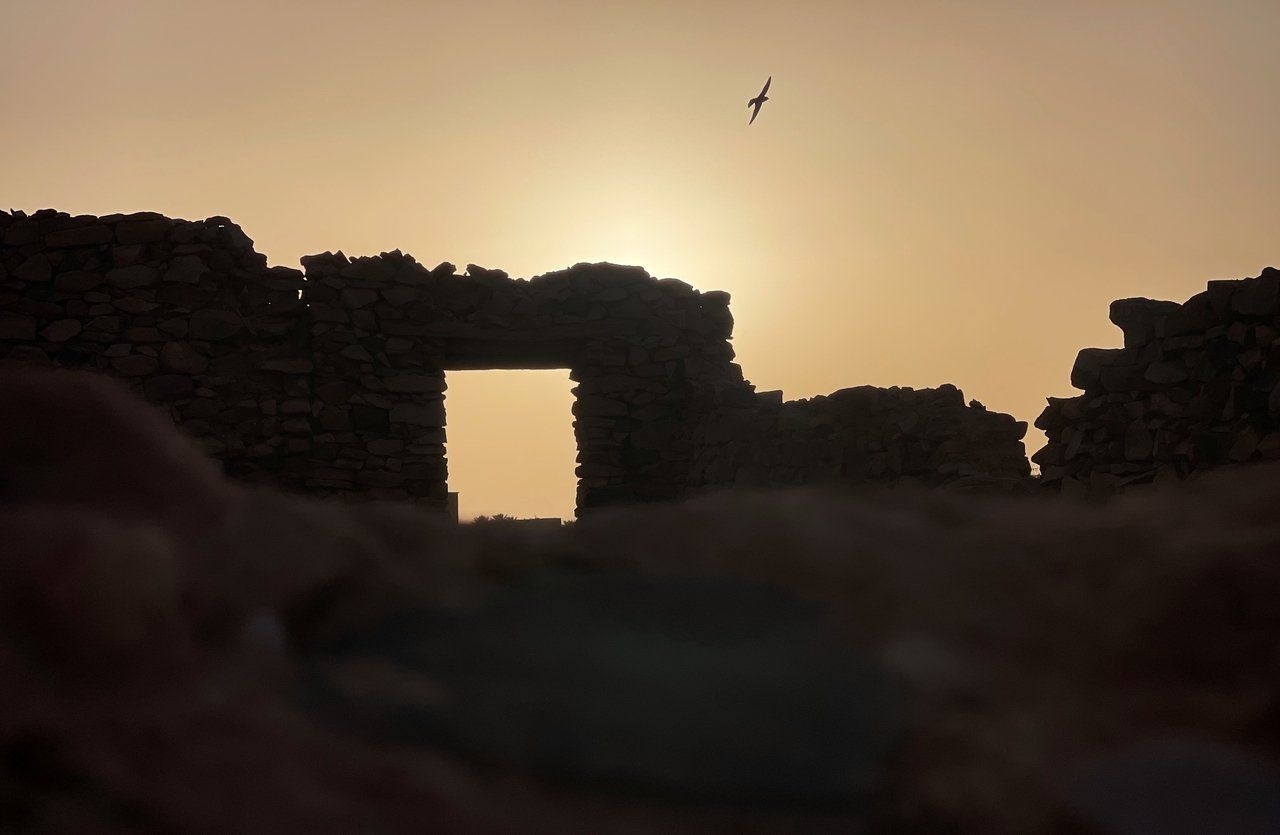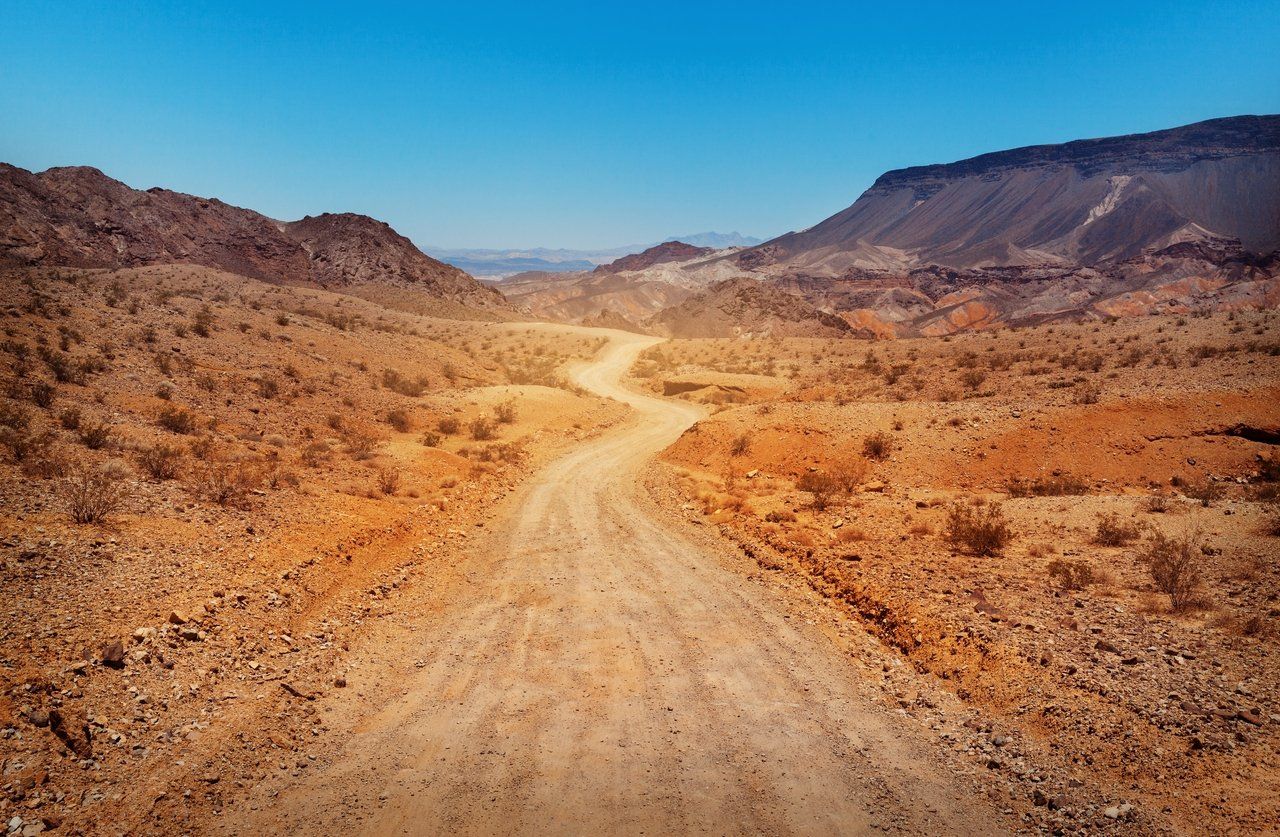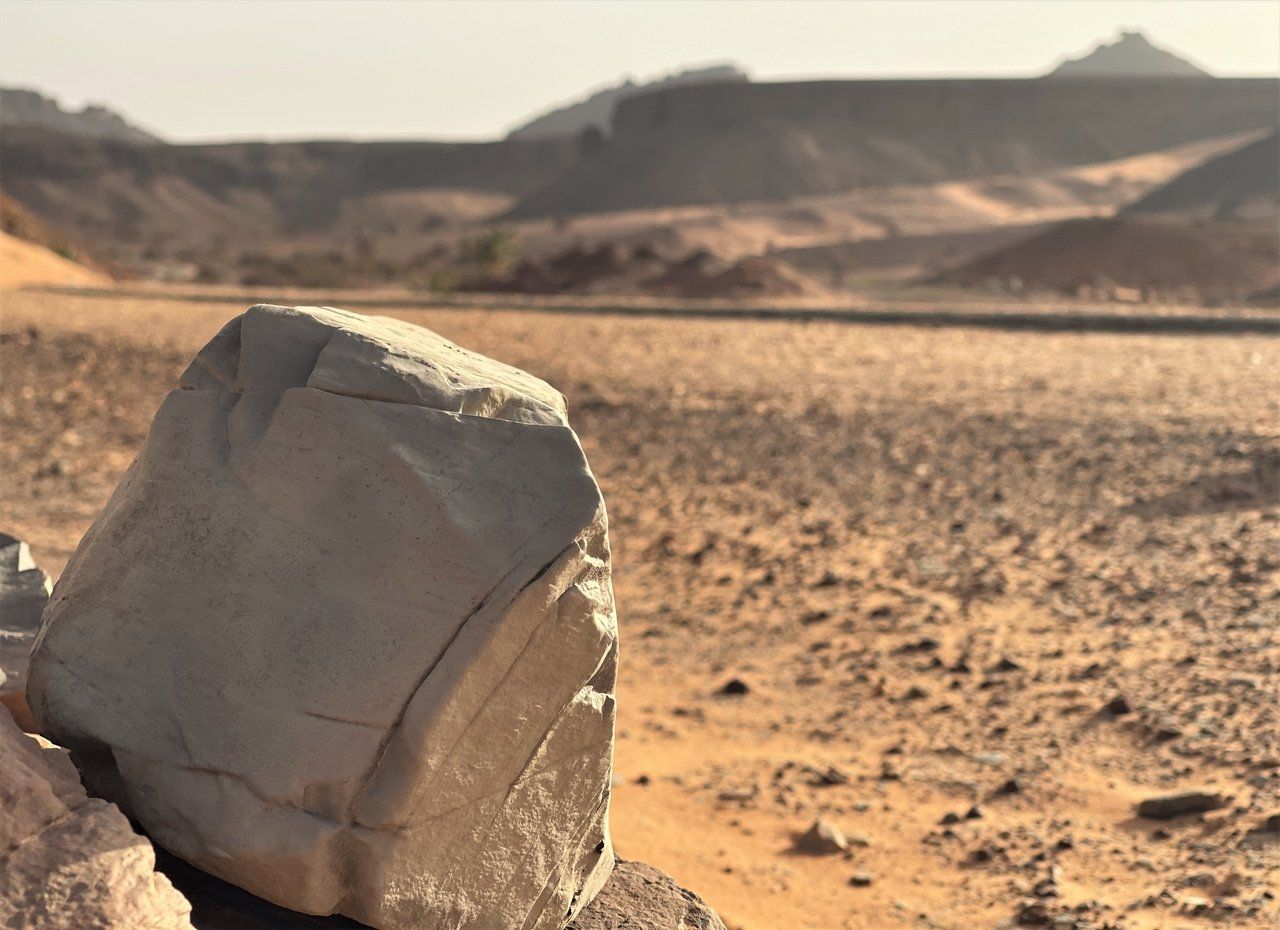The ruined city of Ksar el Barka (engl. fortress of blessing) should not be missed on your way to Tidjikja. Similar to the regional capital of Tagant, Ksar al Barka was founded at the end of the 17th century as a caravanserai, but has always had greater religious significance. In 1753, the city was even declared a sanctuary. However, despite its importance, the town had a comparatively short urban life. Beginning with the French conquest of Mauritania, Ksar el Barka was destroyed several times and finally captured by colonial troops in 1905. Eventually, from the 1970s onward, the town was largely abandoned. A visit is nevertheless worthwhile. This is not only due to the impressive and well-preserved ruins. Aerial photographs show that Ksar el Barka originally had much larger dimensions. It cannot be ruled out that further parts could be explored or even restored, especially since the structural remains are slowly coming back into the consciousness of Mauritanians. In 2015, for example, a visit by the Minister of Culture resulted in the recognition of the site. Due to its location in the west of the Tagant region, Ksar el Barka can be optimally integrated into a tour as a stopover on the way to or from Tidjikja. We recommend a one-day stay with possible overnight stay on site in the open air.





Located in the western Tagant Plateau, Ksar el Barka is one of the most impressive ruined cities in Mauritania's south. The site was founded in 1690 by the Kunta, a Moorish tribal group influenced by the Sufi Qadiriyya order. It is possible that Ksar el Barka was the first city founded by the Kunta in the Dar Tichitt cultural region.
Embedded in the widely ramified trade network of the Kunta, the place quickly gained importance as a caravanserai. Since this grouping was closely rooted in the Maghrebi Sufi tradition, Ksar al Berka also quickly acquired religious significance. In 1753, it was even declared a sanctuary by Sheikh Sidel Moctar El Kounti. However, it was above all the French colonization of Mauritania, which began from Senegal, that put a heavy strain on the city. From 1822 onwards, there was increased destruction of the city, which was always followed by reconstruction. The last and most emphatic destruction of Ksar el Barkas took place in 1893. In 1905, the city was finally conquered, and nine years later the colonial administration granted permission for reconstruction.
Today's ruins of the town are due to this period, but aerial photographs show how much larger the original town must have been. Droughts in the 1970s and 80s, along with competition from new - and better connected - towns, eventually led to the town's economic insignificance. The area has been largely abandoned ever since.
And yet: The history of Ksar el Barkas still continues, it seems. Its cultural and historical significance has only come back into the public consciousness in recent years. In 2015, the ruins were publicly recognized as an important cultural site by the Mauritanian Minister of Culture. The ancient ruins are accessible to tourists today and will probably find an increased role in Mauritanian identity - and tourism - again in the future.
And rightly so: In addition to the fragments of residential buildings and the impressive mosque, the area, which has been inhabited for thousands of years, is also home to rock paintings (especially at Agneitir and Mkhachich) and - of course - a diverse natural landscape.
Many reasons for an excursion. In fact, there is no road leading directly to the town, but as soon as you leave the asphalt road in Moudjeria heading north, it is about 50 km offroad to the former town. We recommend a stay of no more than one day, combined with a general trip to the Tagant, for example as part of our TAGANT AOUKAR tour. The surrounding area offers many possibilities for a night camp.